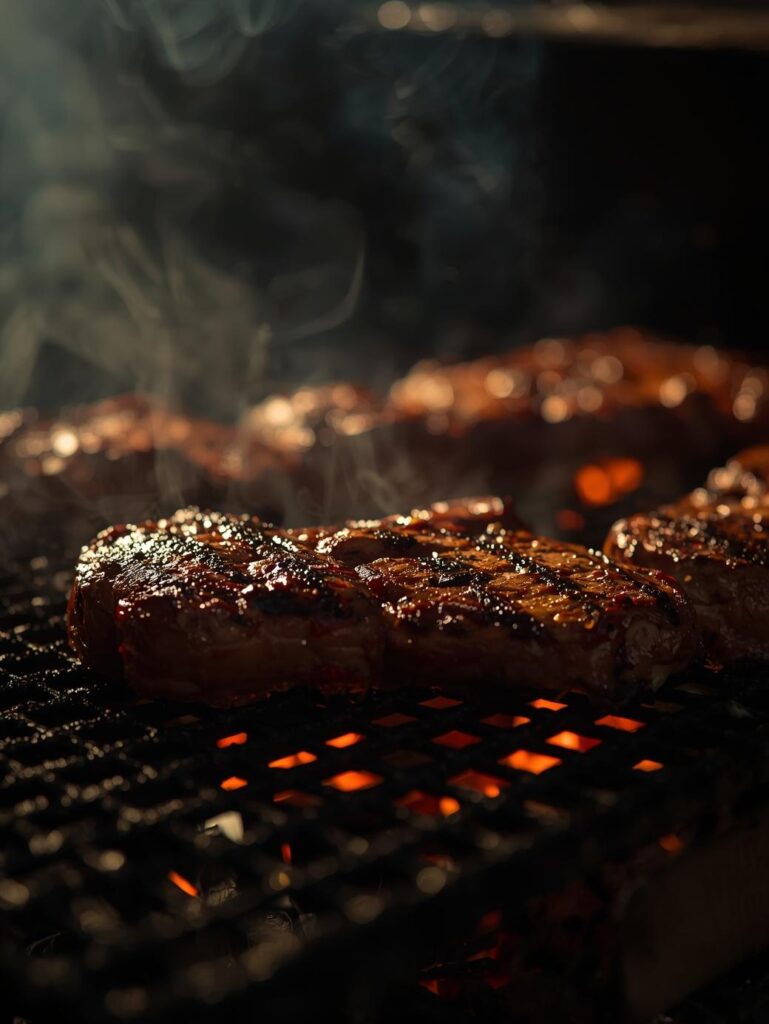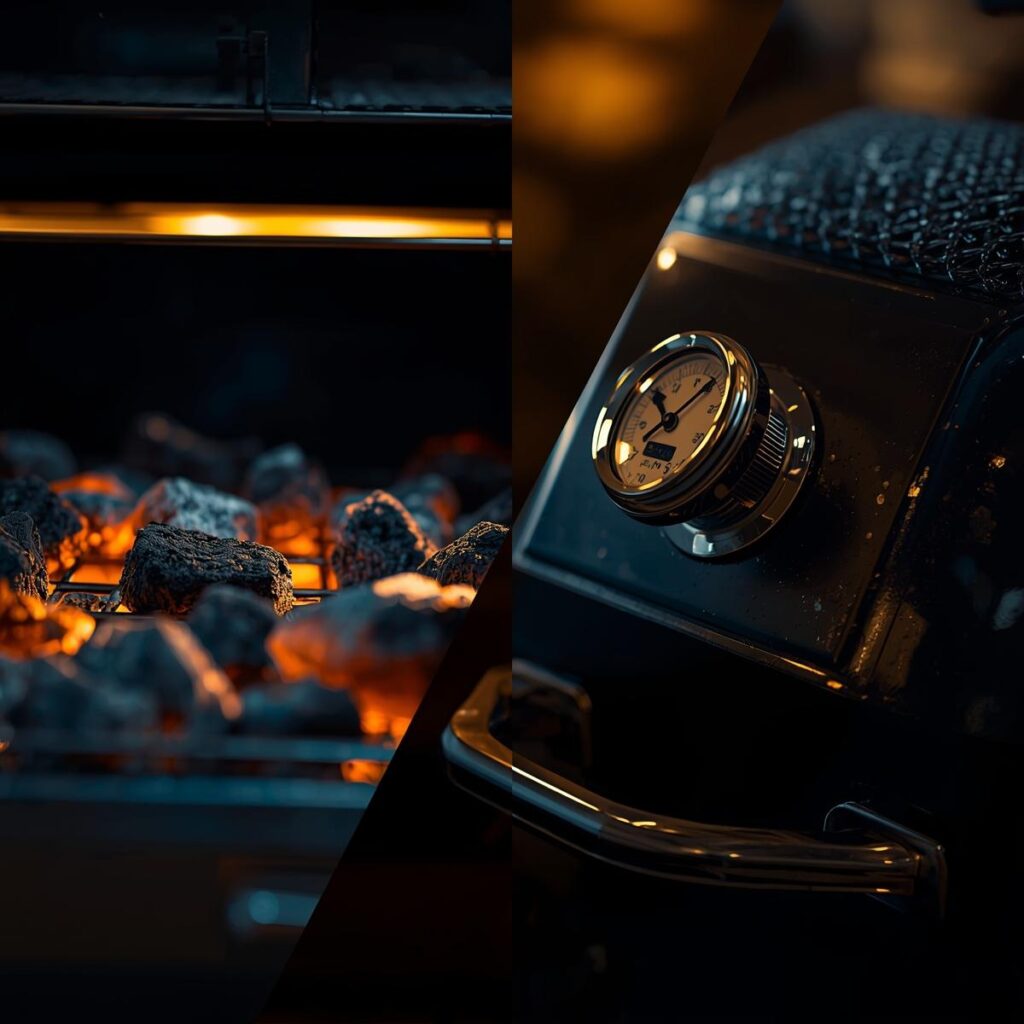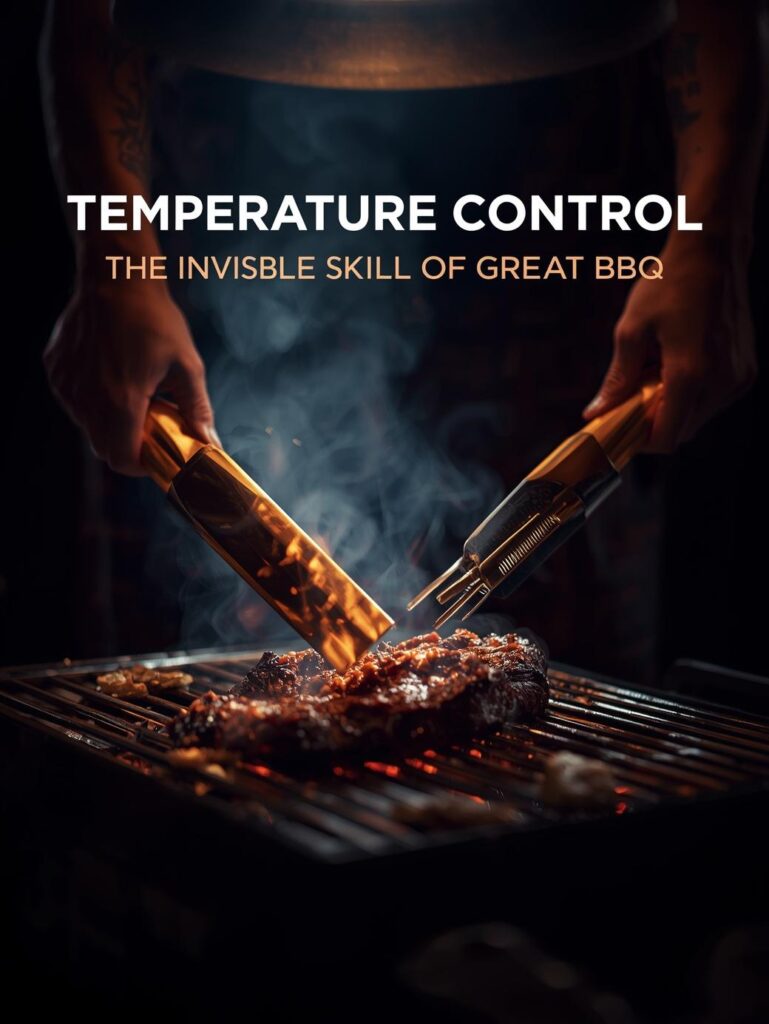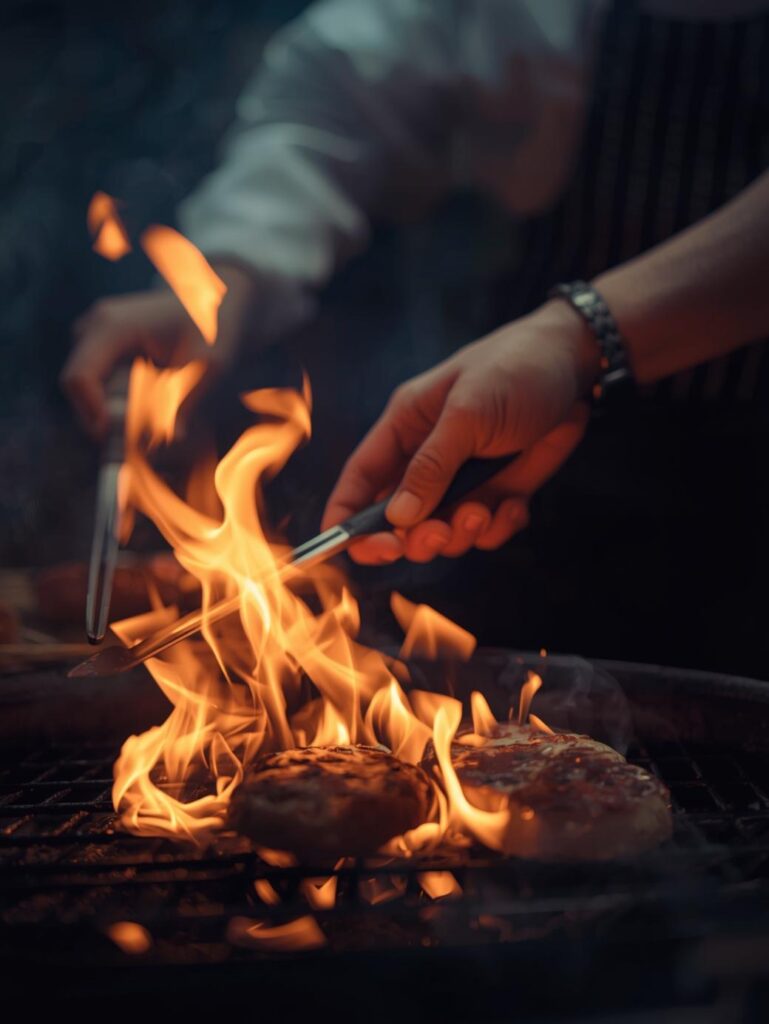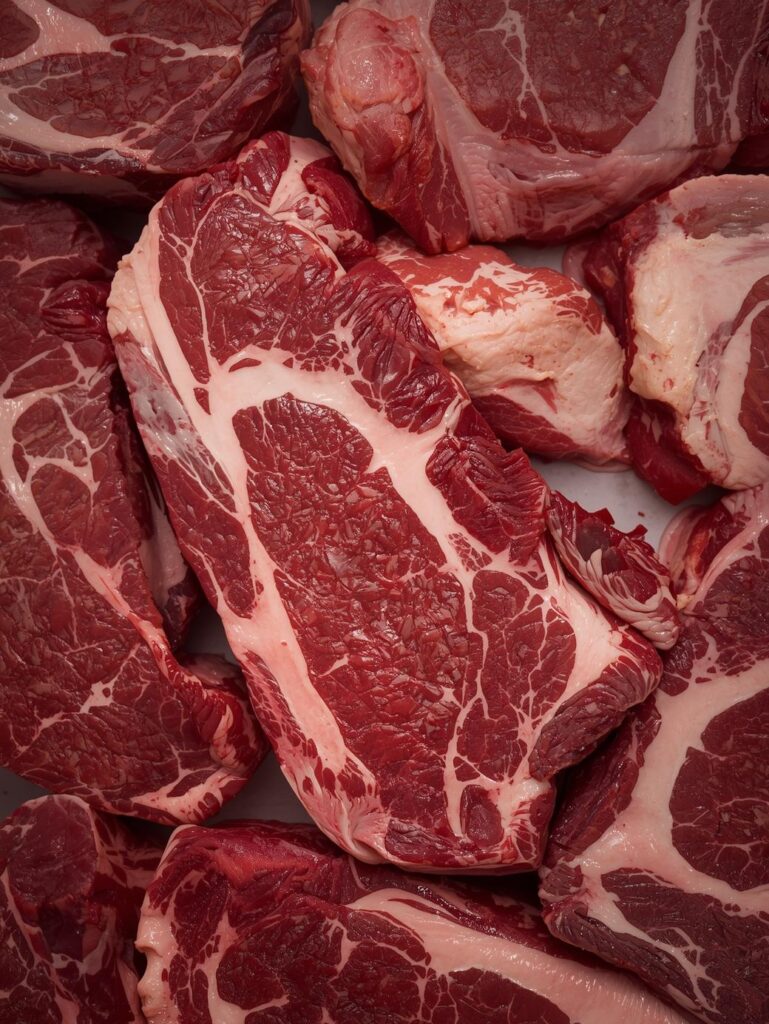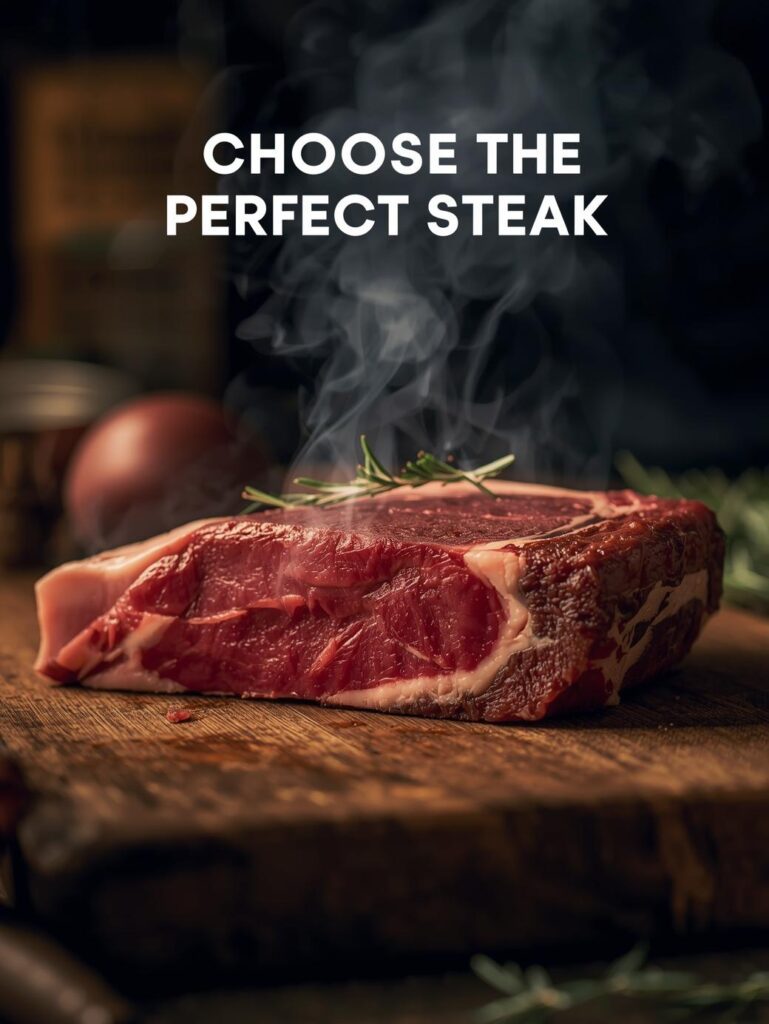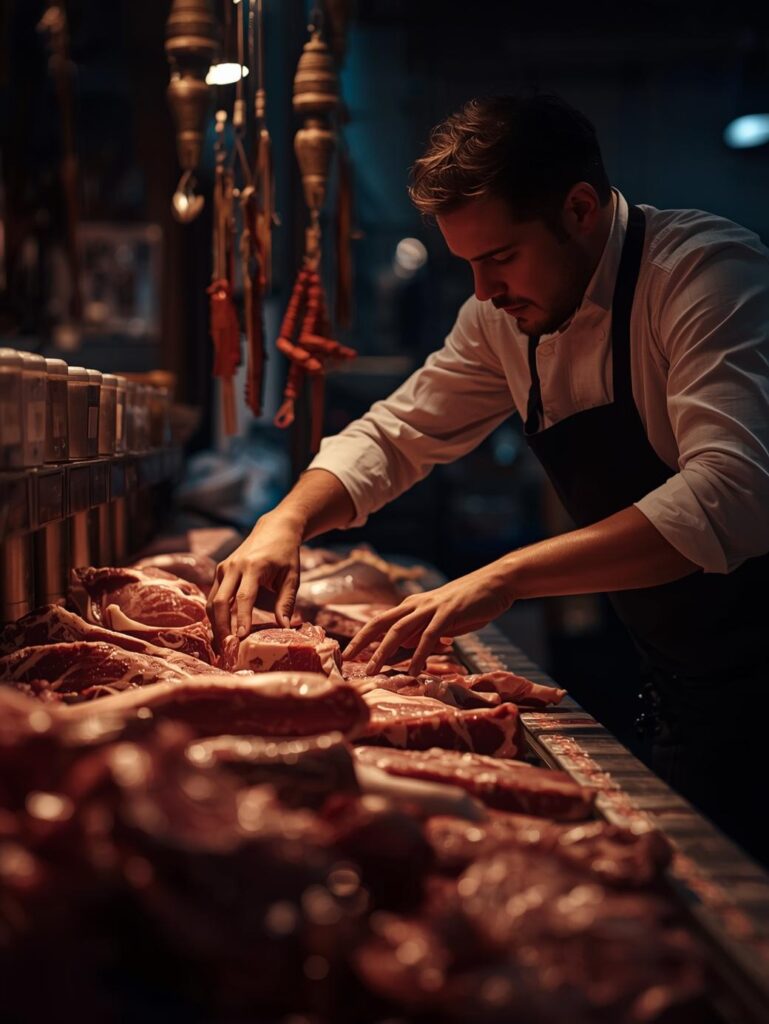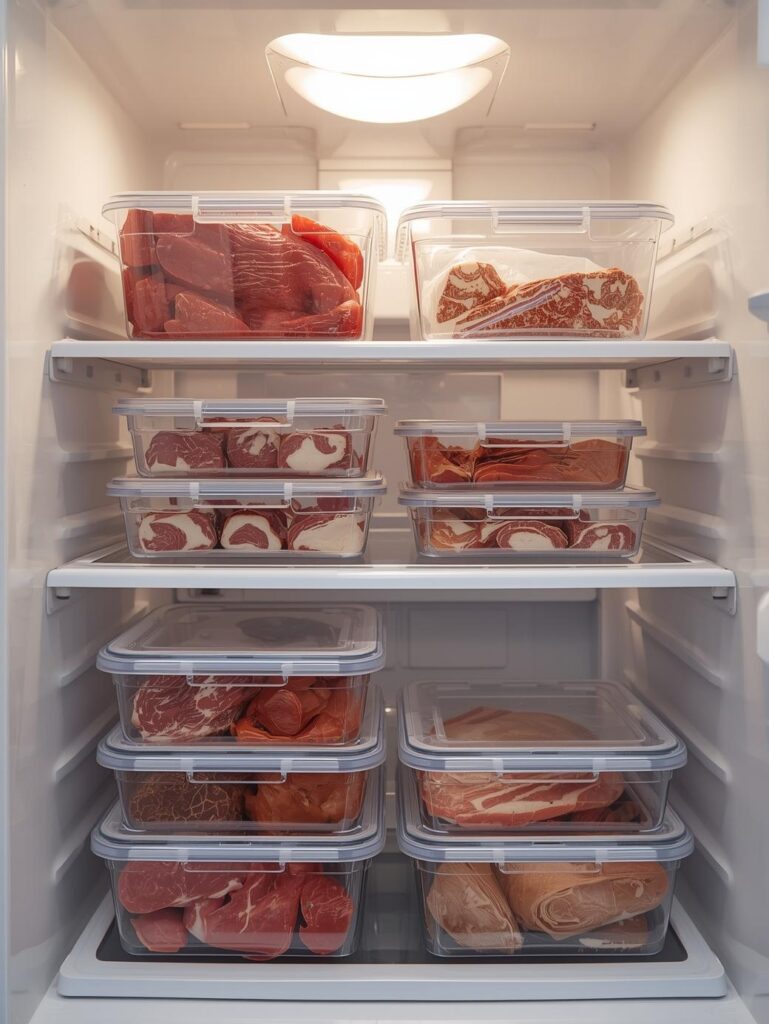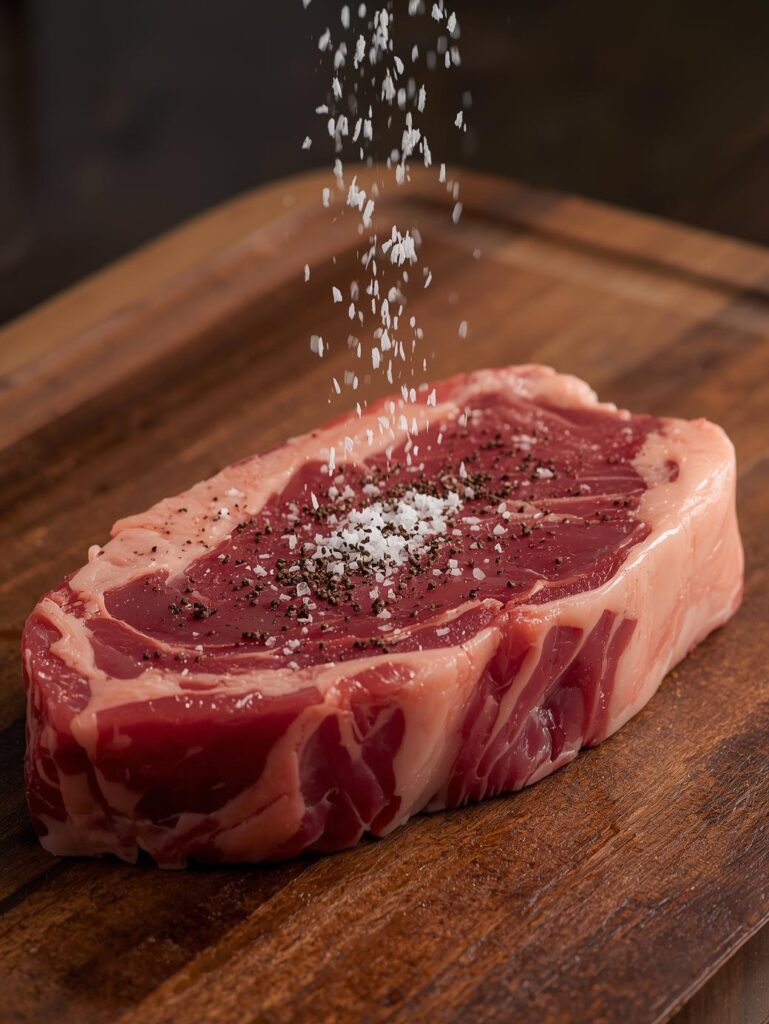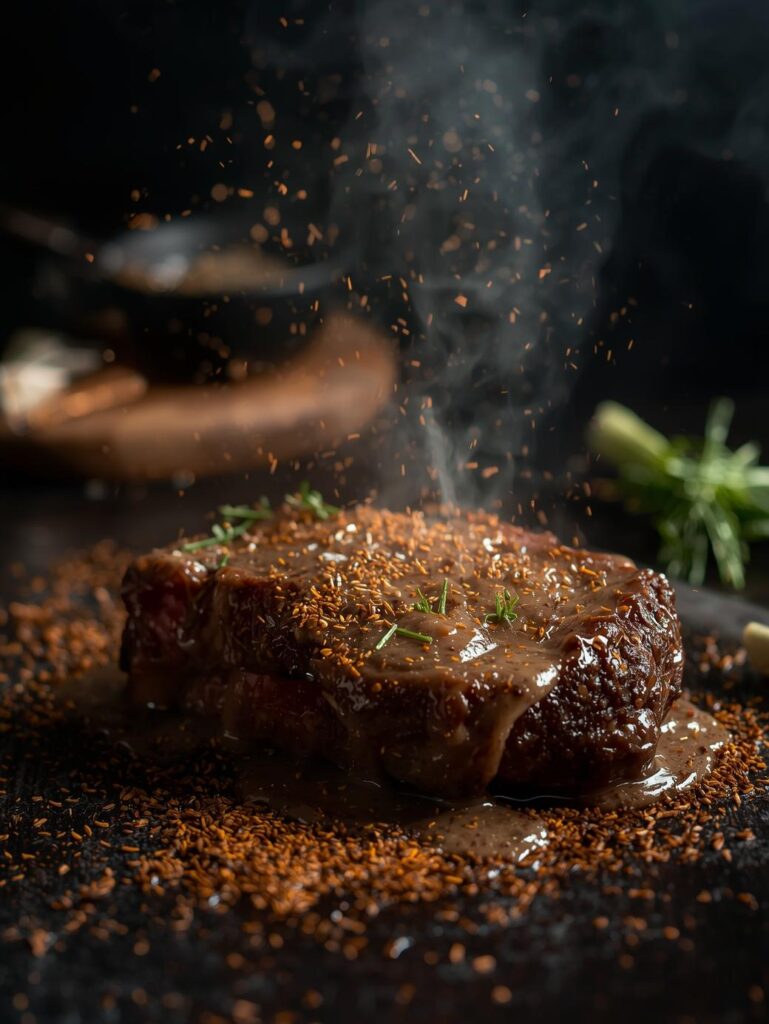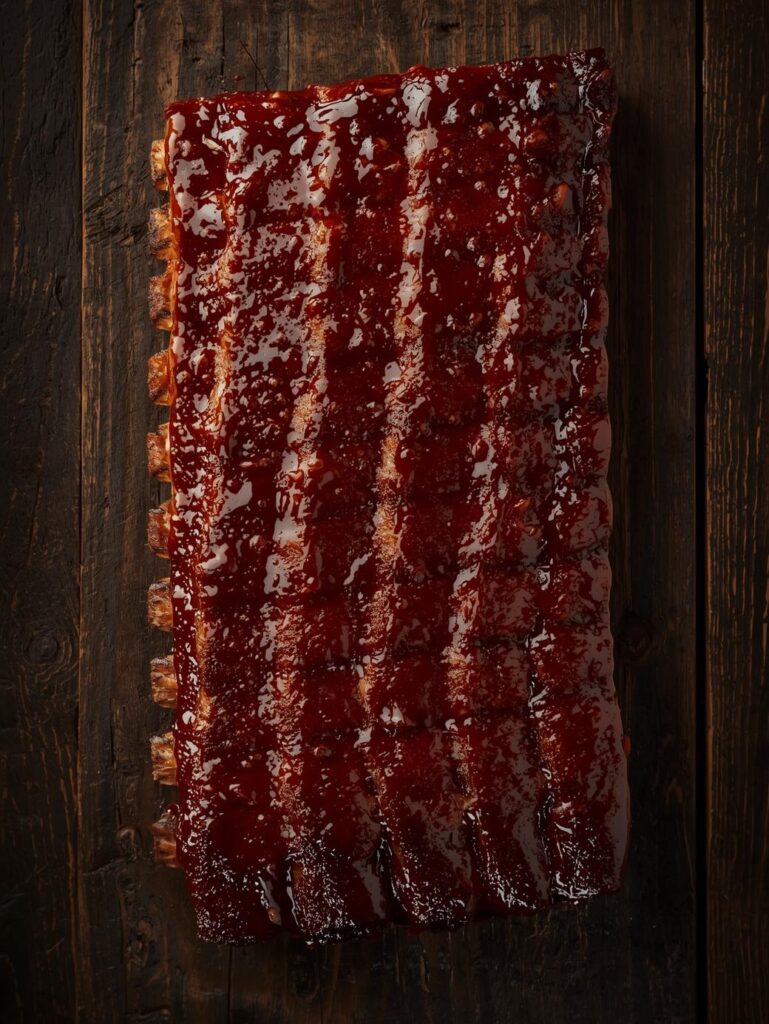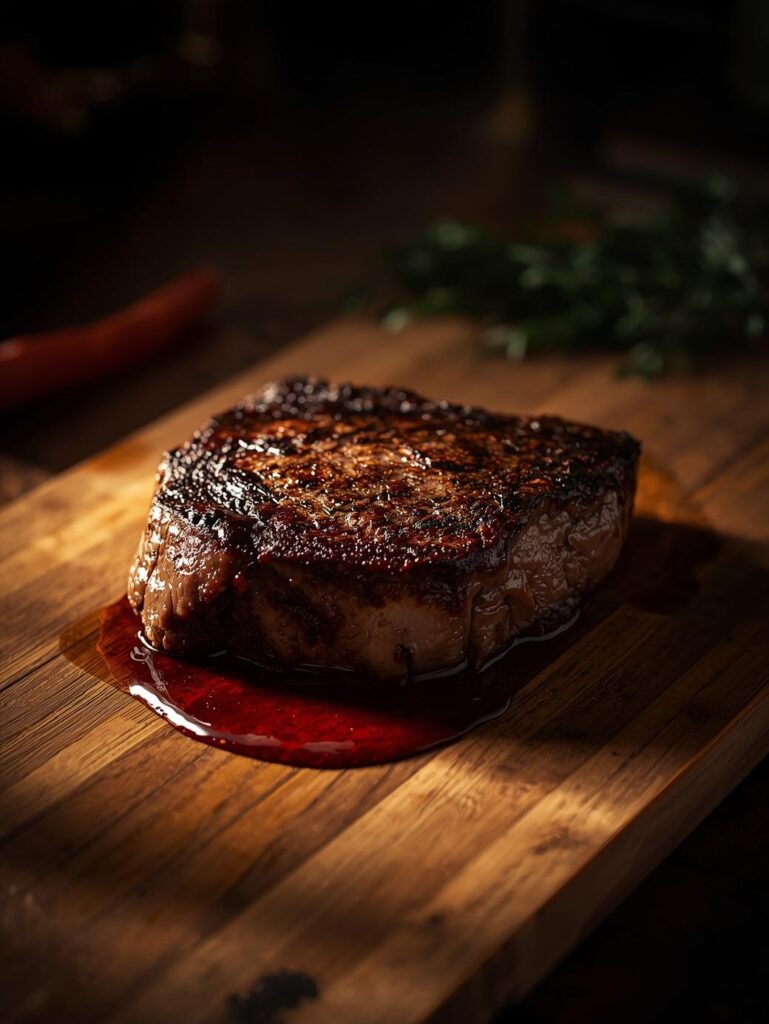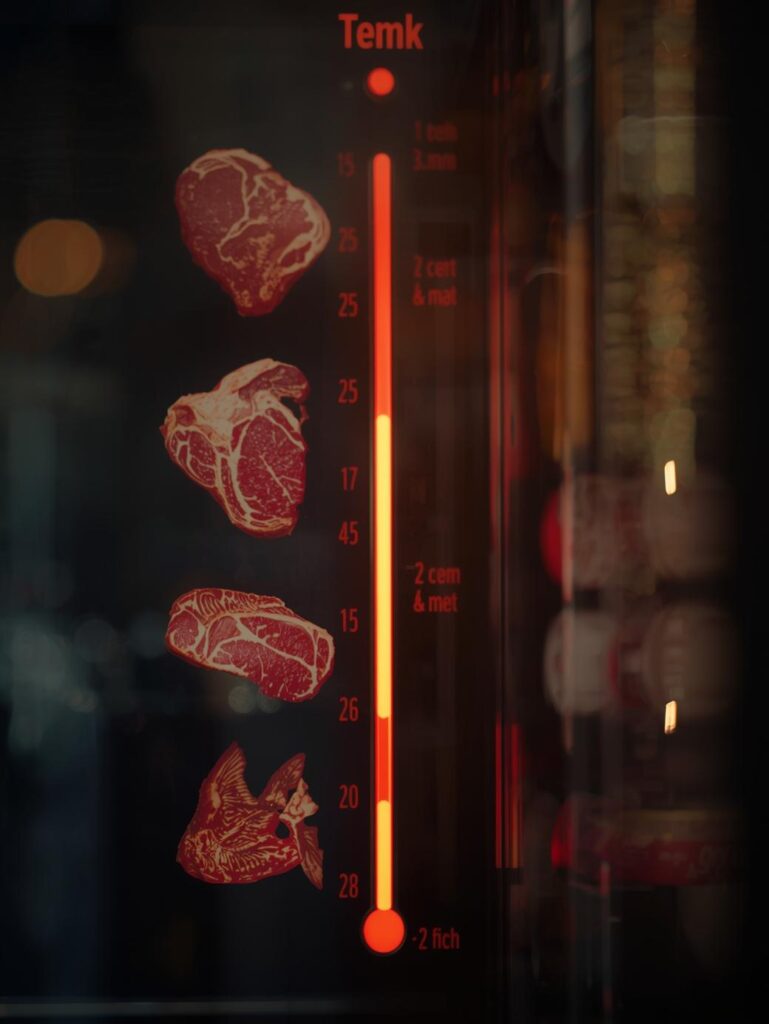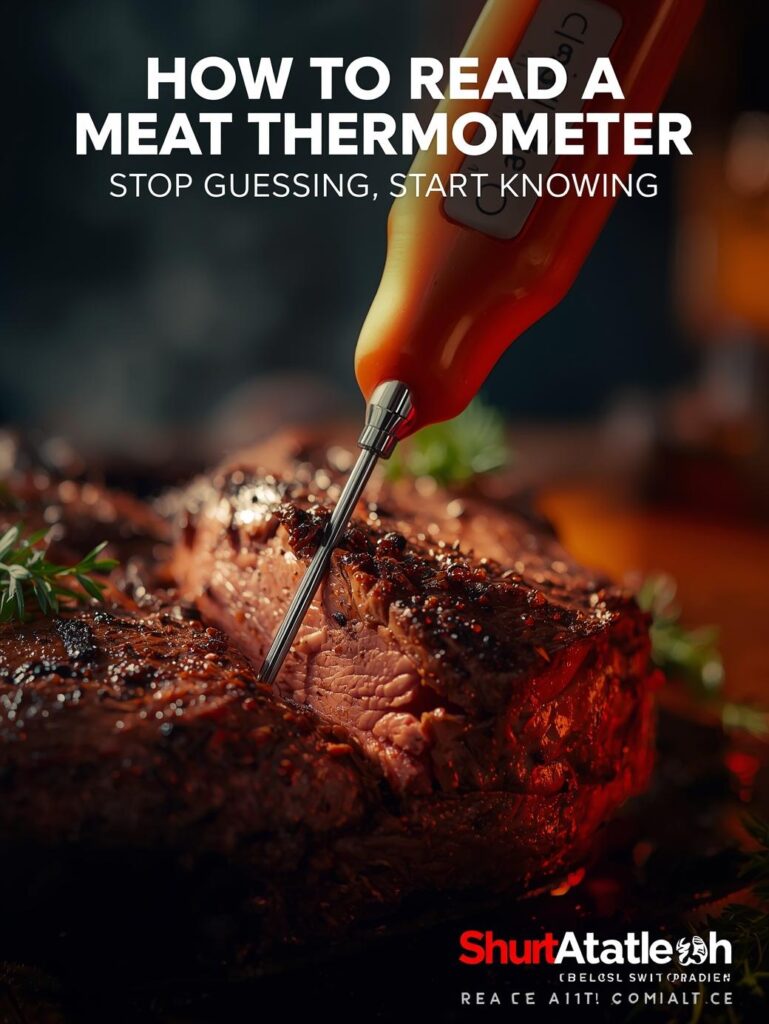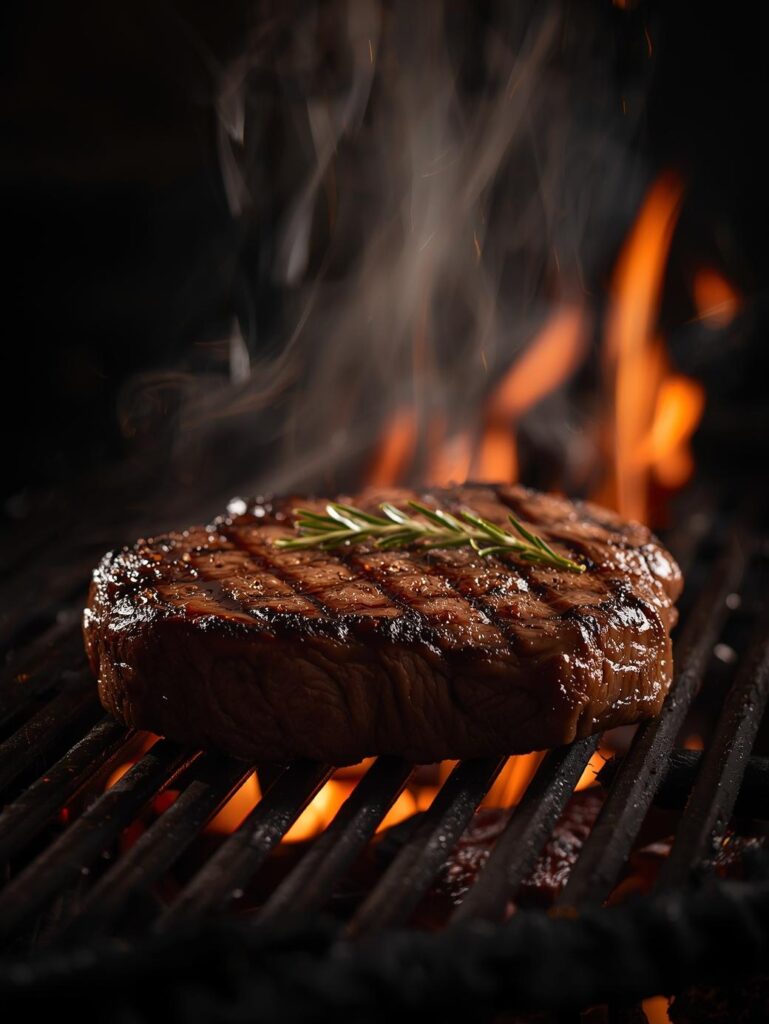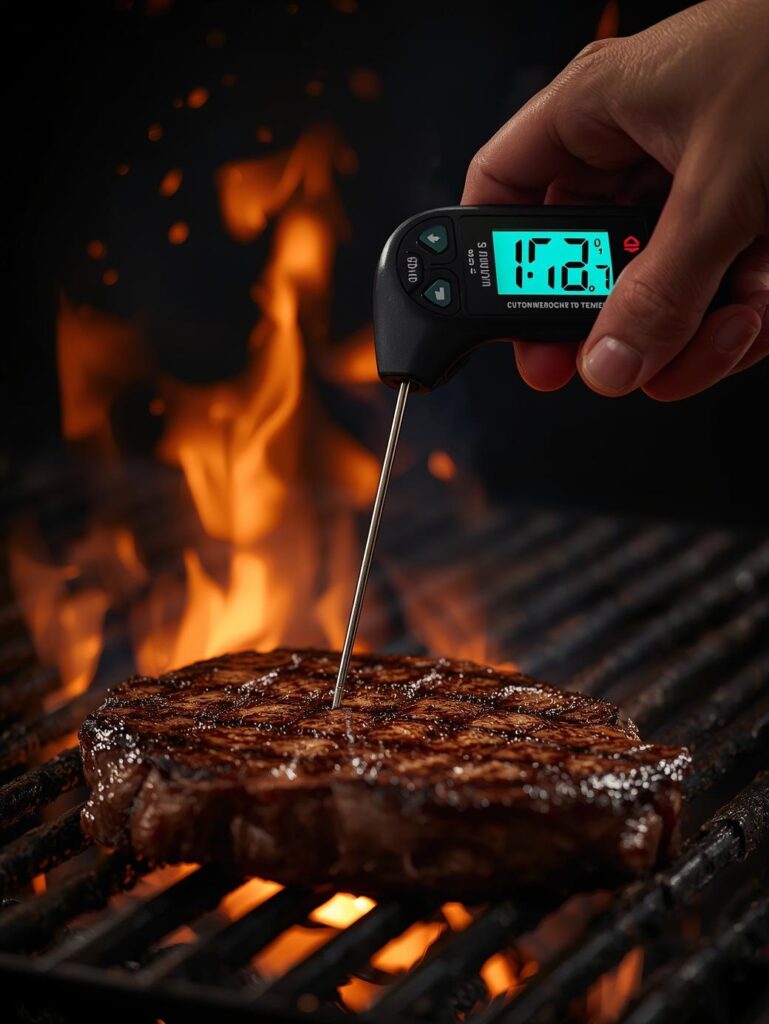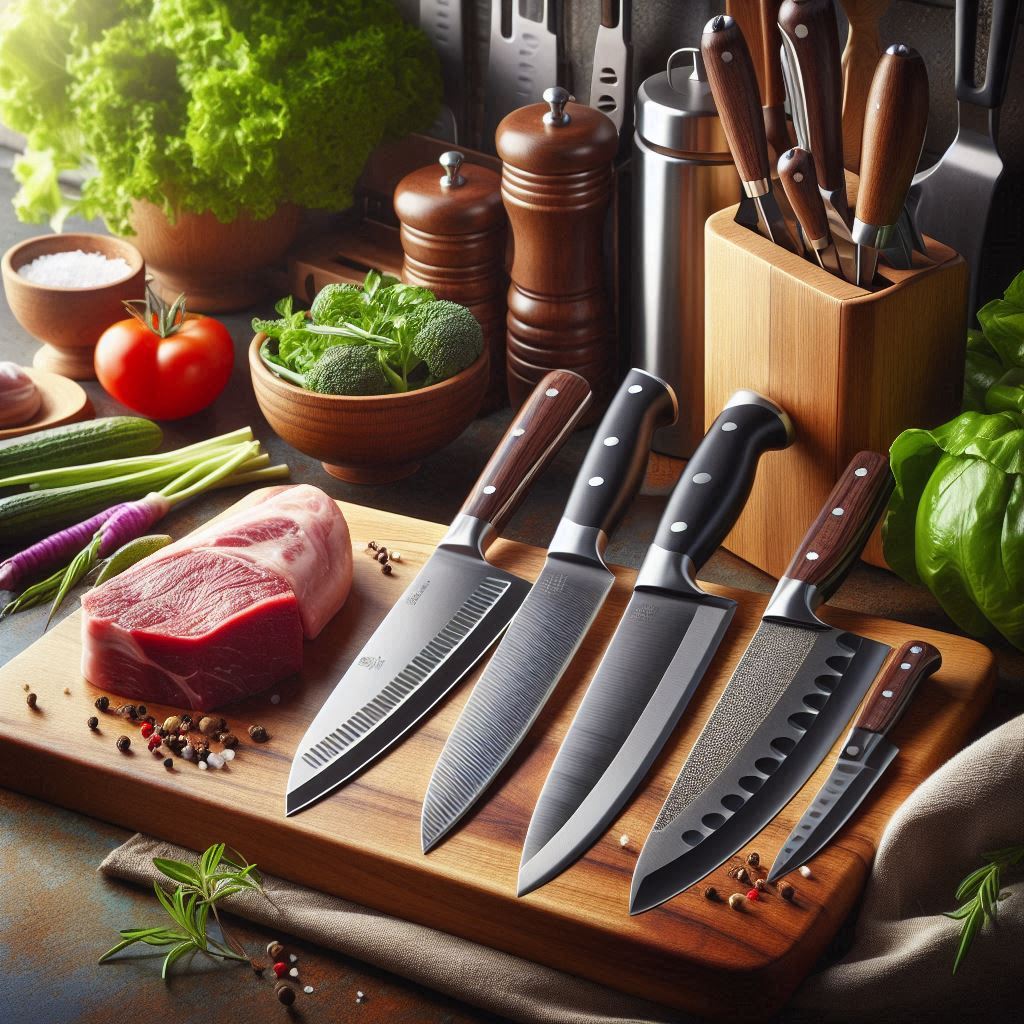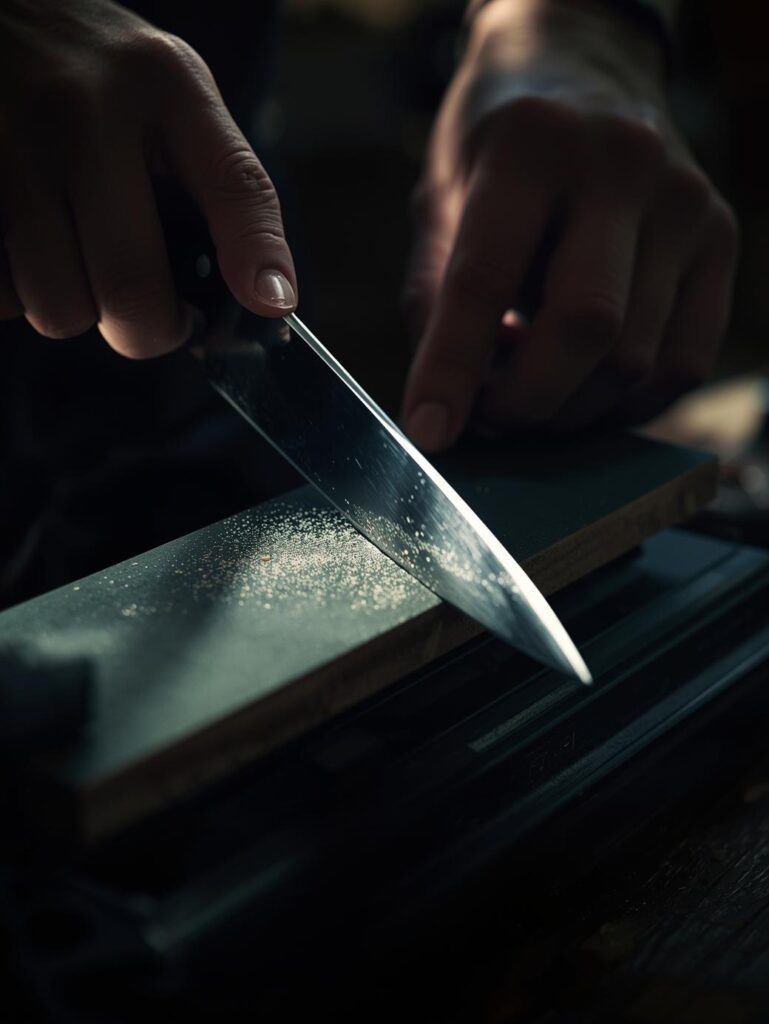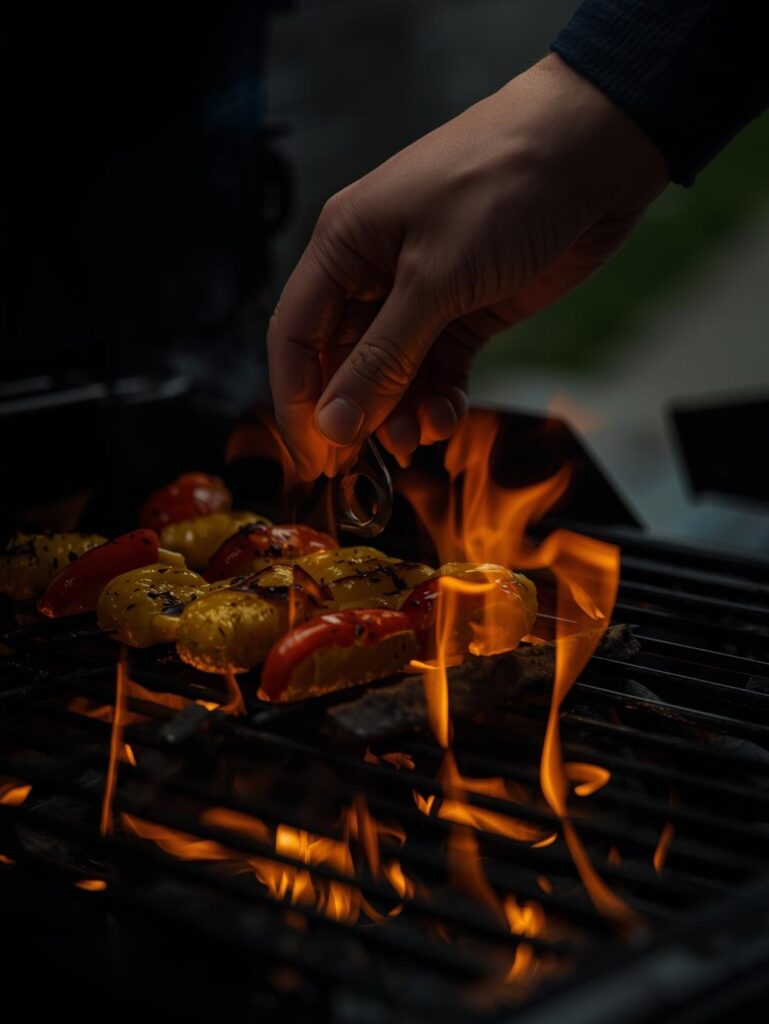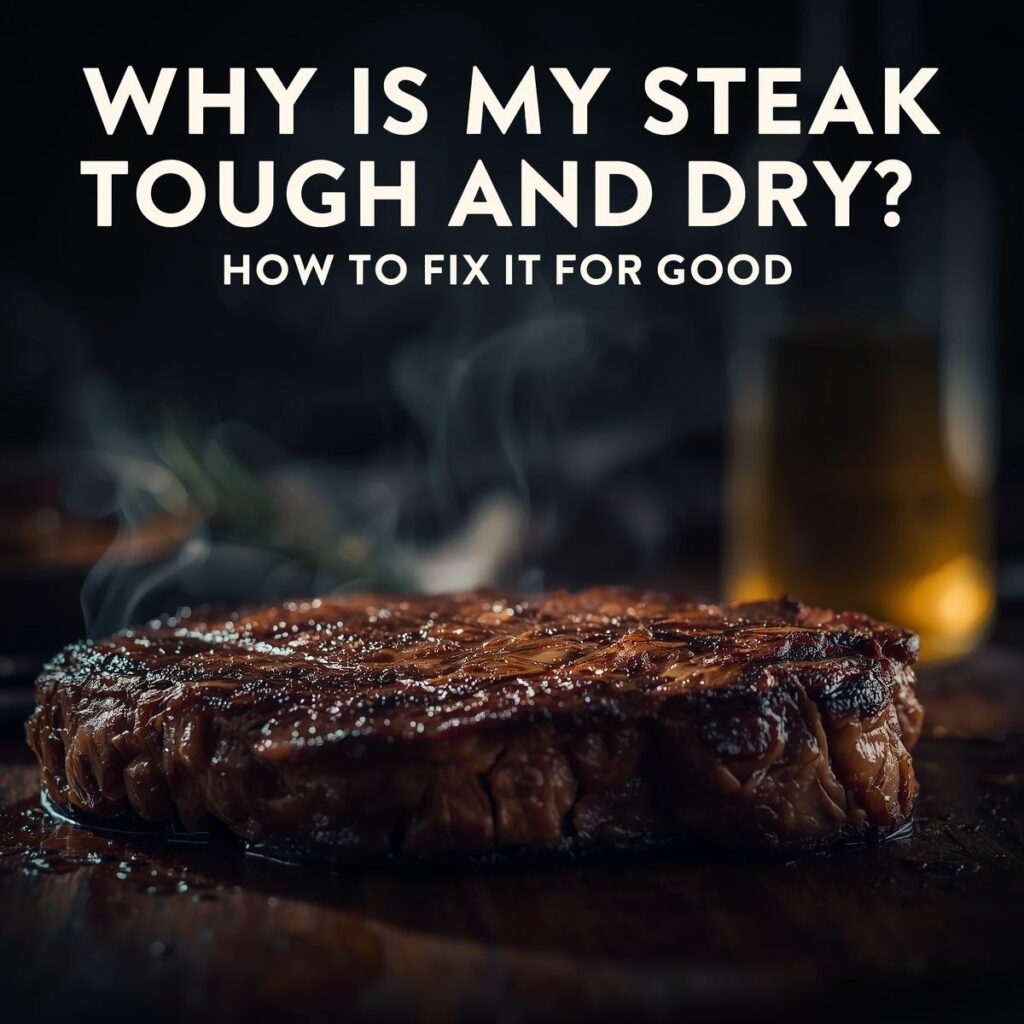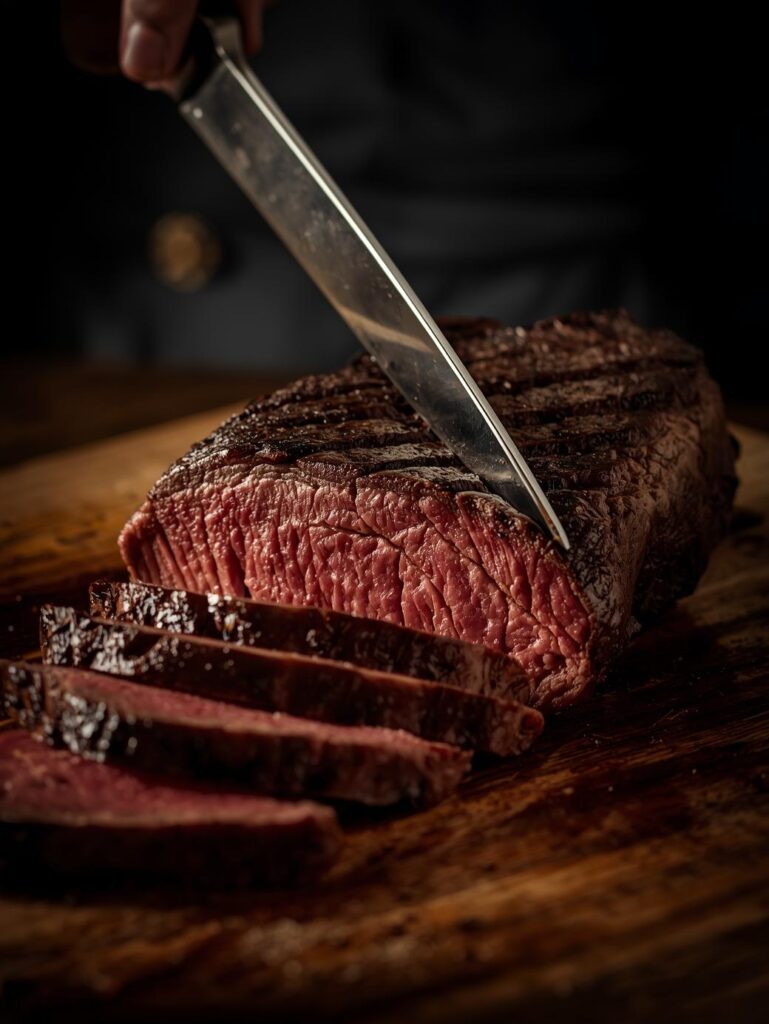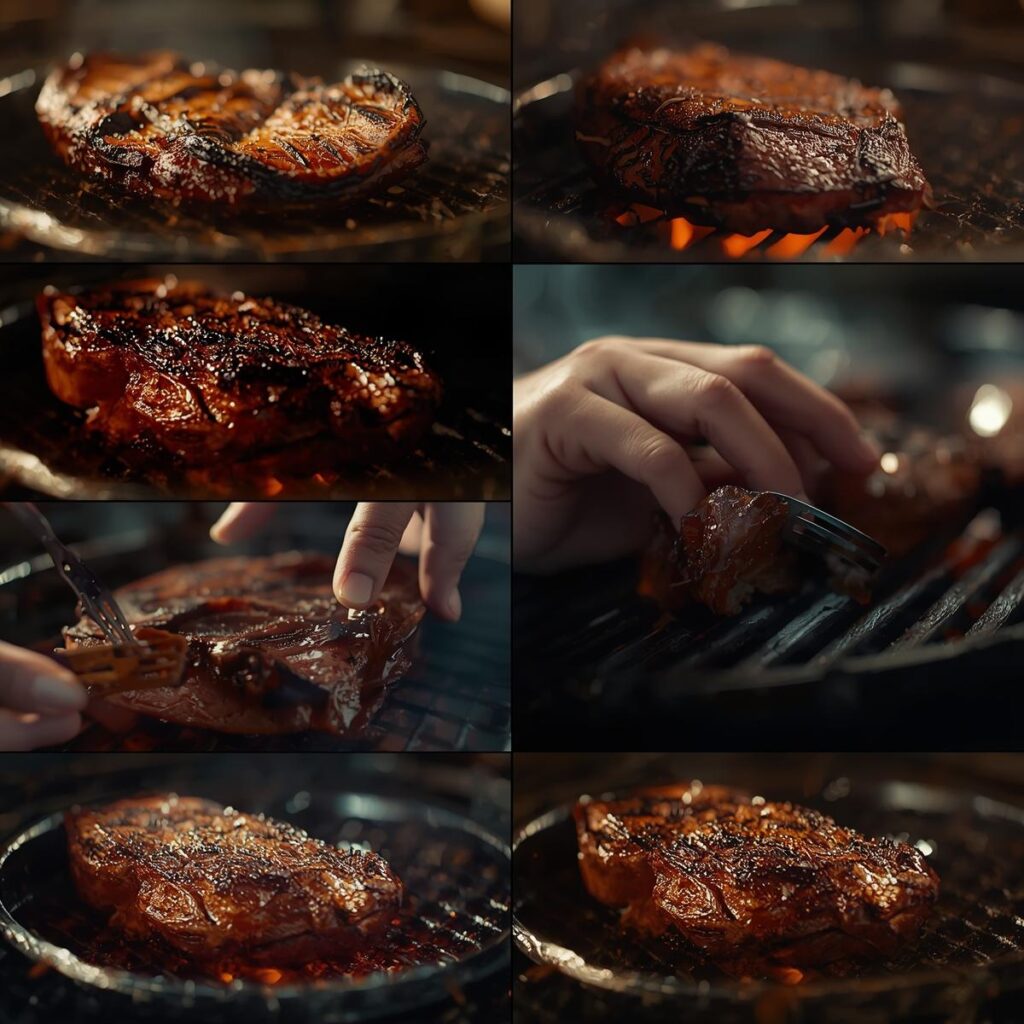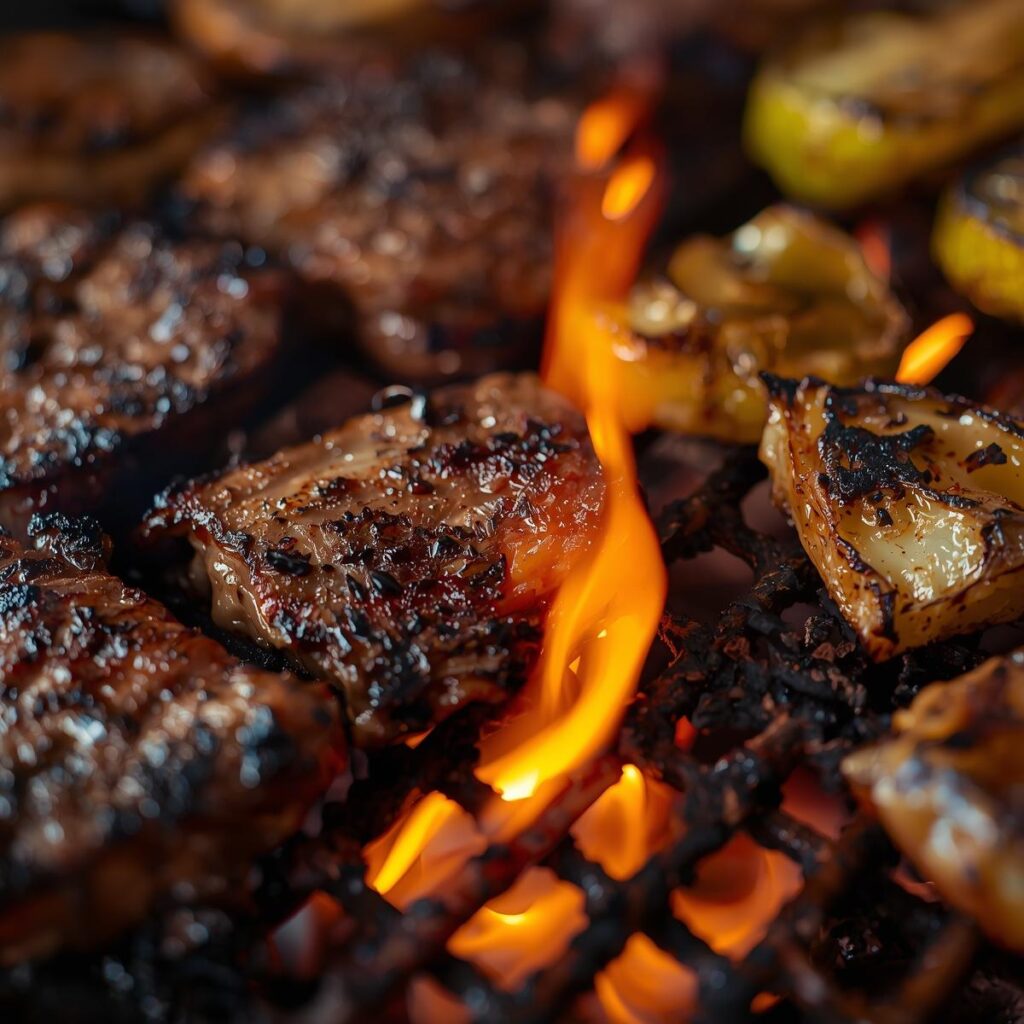Mistakes Hub Note: This hub is part of our comprehensive BBQ Methods & Techniques Encyclopedia – focused specifically on identifying, preventing, and fixing the most common BBQ errors that ruin good meat.
🚨 Common BBQ Mistakes Hub: Identify, Prevent, and Fix Every Error
Your Complete Guide to Troubleshooting BBQ Disasters Before They Happen
Why Understanding Mistakes is Crucial for BBQ Mastery
The journey from BBQ novice to master isn’t about avoiding mistakes entirely—it’s about learning to recognize, prevent, and recover from them. Even professional pitmasters encounter challenges; what separates them is their systematic approach to troubleshooting. This hub addresses the universal pain points that frustrate backyard grillers and competition veterans alike, providing clear diagnostic frameworks and proven solutions.
Most BBQ errors fall into predictable categories: temperature mismanagement, timing errors, technique flaws, and equipment misunderstandings. What makes these mistakes particularly frustrating is that they often compound—a temperature error leads to a timing issue, which then creates a texture problem. By understanding the root causes rather than just treating symptoms, you develop the intuition to prevent problems before they ruin your cook.
This hub organizes our complete troubleshooting system into logical categories, from fundamental fire management errors to advanced technique corrections. Whether you’re dealing with bitter smoked meat, dry chicken, or steak that won’t develop a proper crust, you’ll find the exact diagnostic guidance needed to salvage your meal and prevent future occurrences.
🚀 New to BBQ Troubleshooting? Start with our 7 Common BBQ Mistakes guide, then focus on temperature control errors—the single biggest category of BBQ failures. Keep a cooking journal to track what went wrong and how you fixed it. Most consistent results come from eliminating just 2-3 recurring mistakes from your process.
🔥 FIRE & TEMPERATURE MISTAKES: The Foundation Errors
Temperature-related mistakes account for over 60% of BBQ failures. The most common error is cooking at the wrong temperature—either too hot (causing burnt exteriors and raw interiors) or too cool (resulting in tough, dry meat). Many grillers also misunderstand their equipment’s actual temperature versus the gauge reading, leading to consistent under or overcooking.
Critical temperature concepts to master: the difference between ambient air temperature and cooking surface temperature, proper preheating times for different grill types, managing temperature spikes and drops, and understanding that every piece of meat will temporarily lower your cooking temperature when added. Learning these principles prevents the most fundamental BBQ disasters.
🥩 MEAT SELECTION & PREP MISTAKES: Starting Wrong
Many BBQ failures happen before the fire is even lit. Choosing the wrong cut for your cooking method is a classic error—attempting to grill cuts that need slow smoking, or smoking cuts that should be grilled hot and fast. Preparation mistakes include improper thawing, inadequate drying for crispy skin, and mishandling of marinades and brines that can texturally damage meat.
Essential prep principles: matching cut to cooking method, proper meat temperature before cooking (not straight from fridge for thick cuts), understanding how salt timing affects moisture, and recognizing quality indicators in raw meat. Getting these fundamentals right eliminates many common texture and doneness problems before you begin cooking.
🧂 SEASONING & FLAVOR MISTAKES: Overcomplicating Taste
Seasoning errors range from underseasoning (bland results) to overseasoning (masking natural meat flavors) to mis-timing seasoning applications. Many grillers apply sweet sauces too early, causing burning and bitter flavors. Others use the wrong wood types that overpower rather than complement the protein. Understanding flavor layering and timing transforms basic seasoning into professional results.
Flavor timing principles: salt application timing for different meats, when to apply rubs (hours before vs. immediately before), sugar-based sauce timing to prevent burning, and wood pairing for complementary rather than dominant smoke flavors. Mastering these timing aspects eliminates most flavor-related disappointments.
⏱️ TIMING & TECHNIQUE MISTAKES: The Execution Errors
Even with perfect temperature and preparation, timing and technique errors can ruin results. The most common include over-flipping meat (preventing proper crust development), improper resting (losing precious juices), and misjudging doneness by time rather than temperature. Many grillers also fail to account for carryover cooking, resulting in overcooked meat that was perfect when removed from heat.
Critical technique principles: the “lift and release” test for doneness rather than constant flipping, proper resting times for different cuts and sizes, understanding that cooking continues after removal from heat, and developing the patience to trust your process rather than constantly checking and adjusting.
🔧 EQUIPMENT & TOOL MISTAKES: Fighting Your Gear
Many BBQ problems stem from equipment misunderstandings or using the wrong tools for the task. Common errors include using dull knives that tear rather than slice meat, relying on inaccurate built-in thermometers, attempting to cook too much food for your grill’s capacity, and improper cleaning that affects flavor and performance. Understanding your equipment’s limitations and capabilities is essential for consistent results.
Equipment mastery principles: regular thermometer calibration, proper knife sharpening and selection, understanding your grill’s hot spots and temperature distribution, and maintaining equipment for consistent performance. The right tools used correctly eliminate many variables that lead to inconsistent results.
🆘 RECOVERY & SALVAGE TECHNIQUES: Fixing the Unfixable
Even with perfect planning, mistakes happen. The ability to diagnose and recover separates occasional grillers from true masters. Dry meat can often be salvaged with proper slicing and sauce applications. Overcooked proteins can be repurposed into other dishes. Bitter flavors can be balanced with sweet or acidic elements. Having a recovery toolkit of techniques saves meals and builds confidence.
Essential recovery strategies: identifying which mistakes are fixable versus which require starting over, moisture restoration techniques for dry meat, flavor balancing for overseasoned dishes, and repurposing approaches for truly failed cooks. Learning to recover builds resilience and reduces the fear of experimentation.
Your BBQ Troubleshooting Journey Ahead
Mistake prevention and recovery is a skill that develops through systematic learning and deliberate practice. The most successful pitmasters don’t have magical intuition—they have mental checklists and diagnostic frameworks they apply when things go wrong. Keeping a detailed cooking journal that documents both successes and failures accelerates this learning process dramatically.
Next steps in your troubleshooting education: Focus on eliminating one error category at a time rather than trying to fix everything simultaneously. Most grillers find that correcting their top 3 recurring mistakes improves their results by over 70%. Temperature control errors typically offer the biggest return on investment for initial focus, followed by timing and seasoning mistakes.
Remember that every mistake is a learning opportunity. The pitmasters with the most impressive skills are those who have made—and learned from—every possible error. This hub provides the framework to shorten your learning curve significantly. Within one grilling season of focused error correction, most enthusiasts achieve consistency that surpasses 90% of backyard grillers.
Explore Our Method-Specific Hubs
🏗️ Complete Hub Ecosystem
Explore our specialized navigation hubs covering every aspect of BBQ mastery. Each hub organizes related guides into logical learning paths.
🎯 Method & Technique Hubs
🥩 Meat & Protein Hubs
🔬 Science & Skill Hubs
🎪 Specialty & Regional Hubs
🛠️ Equipment & Maintenance Hubs
📊 Recipe & Cooking Hubs
24 Specialized Hubs | 400+ Detailed Guides | Complete BBQ Education System

